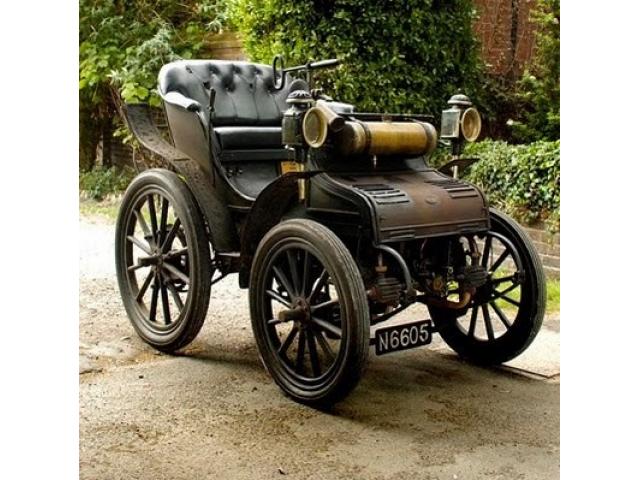1897 Henriod Duc Kellner
- Brand: Henriod
1897 Henriod Duc Kellner
In the dawn of the automobile, most of the motorcars created were for experimentation and prototyping. They were a rolling test-bed of a new and exciting technology that would quickly evolve throughout the years.
When modern engineers were designing engines to accept multiple types of fuels, they must have been thinking about the old adage 'Its never too late'. Near the close of the 19th century and the birth of the horseless carriage, inventors were faced with similar challenges. Switzerland born Charles-Edouard Henriod offered his solution to the problem in the late 1890s.
In 1890, Henriod was just 24 years old. He married Marie-Louise Baehni who came from a family that owned a hairspring factory. Henriod's family had been involved with automobiles and engines for a number of years, working with steam power and soon with liquid fuels. In time, Charles-Edouard Henriod would create an engine of his own design.
After several years of construction, Henriod debuted his creation at the 1895 Geneva Industry Fair. Soon after, the Henriod Freres Company was formed and soon built a reputation for their reliable alcohol-fueled engines.
A second model was displayed at Paris in 1898 and resulted in financial backing that aided in the creation of a company in the a suburb of Paris named Neuilly for the purpose of assembling the Henriods.
Production would continue until 1908, with Henriod focusing most of his time on creating new inventions to aid the automobile. He is credited with inventing the automatic gearbox, a feature well accepted by the industry and consumers.
When war broke out in 1914, Henriod returned to Switzerland but remained in the automobile business.
This Henriod is the world's only surviving Henriod motorcar. It is car number 2, built in Switzerland, assembled in France, and given a body by Kellner of Paris. The car is in original condition, having never been restored, and retains its original running gear. The front wooden artillery style wheels measure 30 inches in diameter and the rears are 38 inches.
The engine is an air-cooled unit with horizontally opposed 2-cylinders and twin-valve design. When new, it was capable of running on either gas or alcohol. The drive is through a clutchless open gearbox with reverse plus three forward speeds.
Descriptions and pictures by artcurial & conceptcarz
| Specification | |
| Production Start | 1897 |
| Country of origin | France |




























